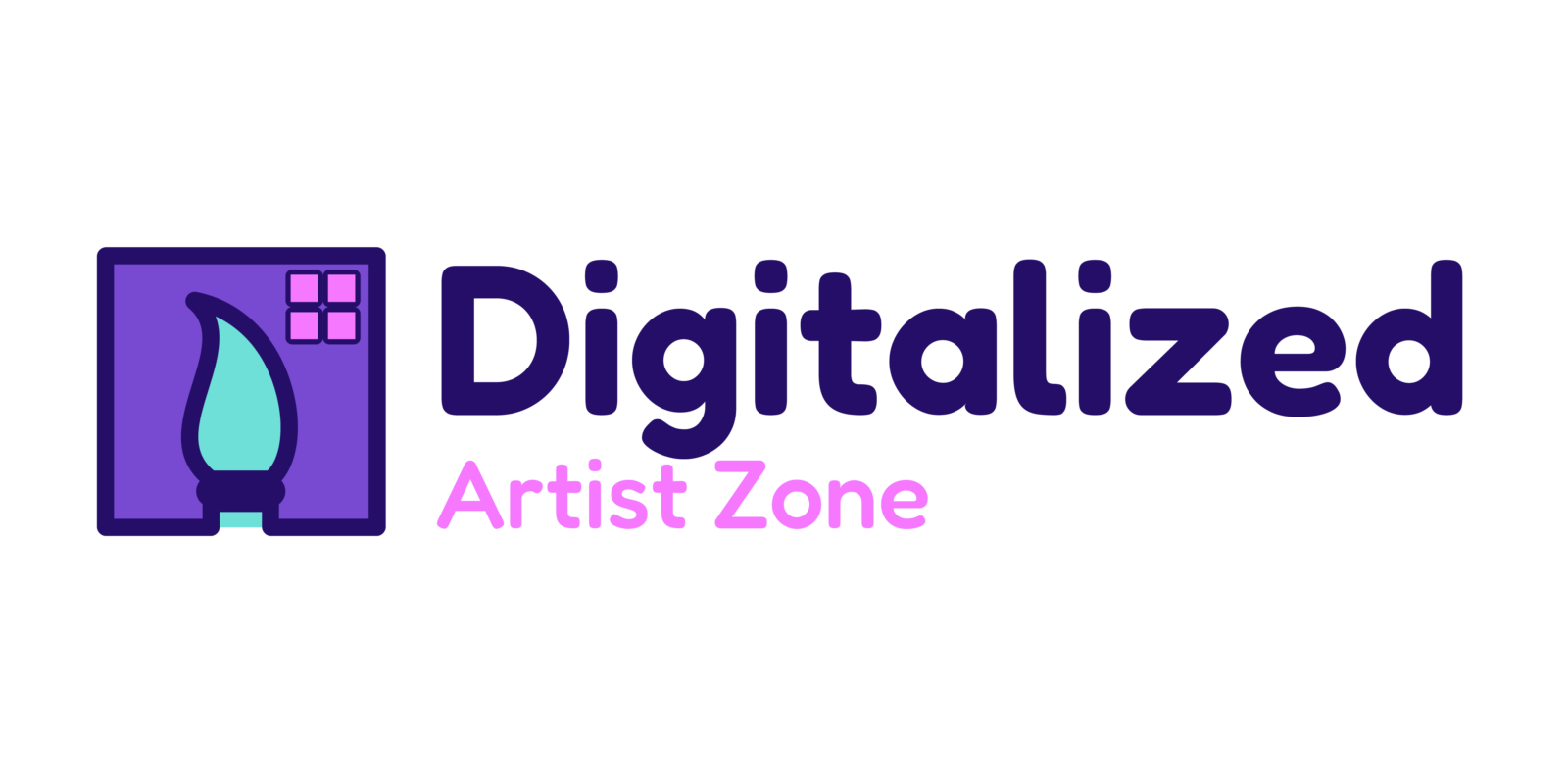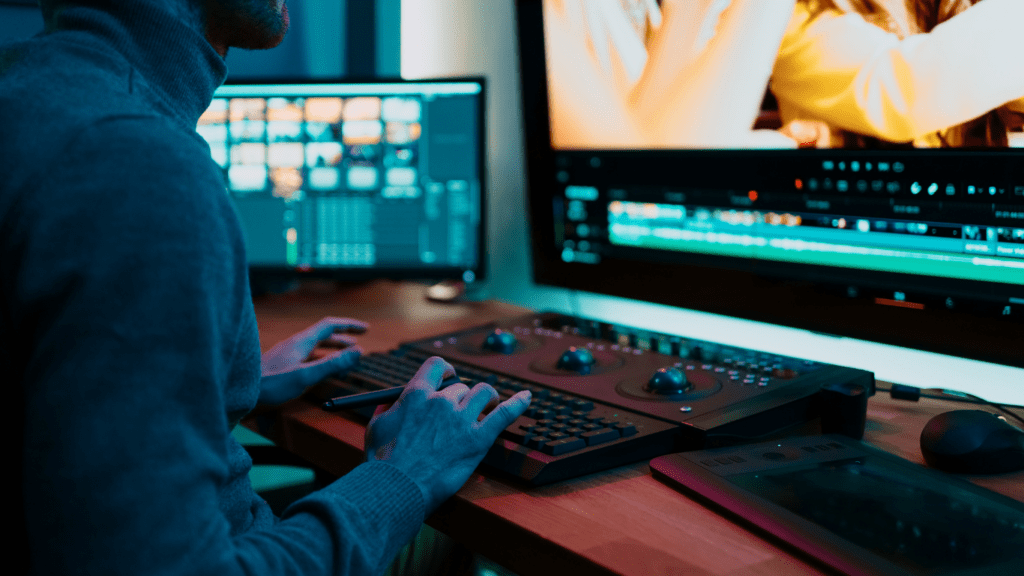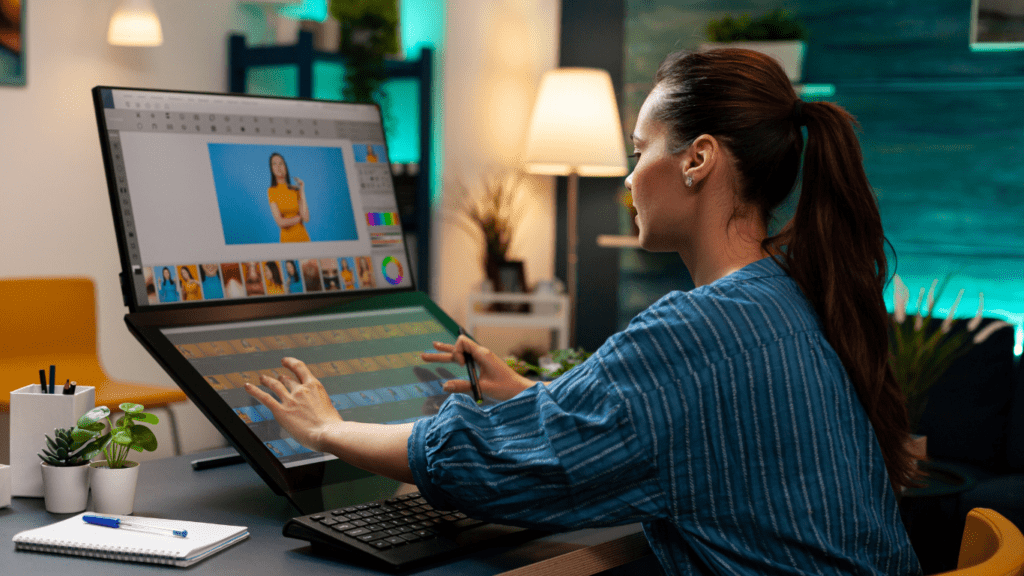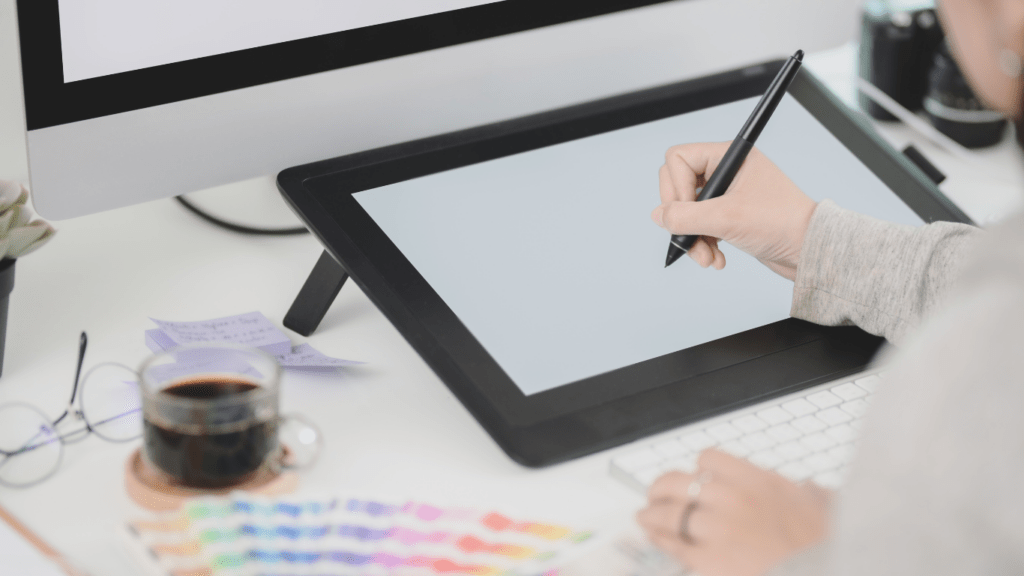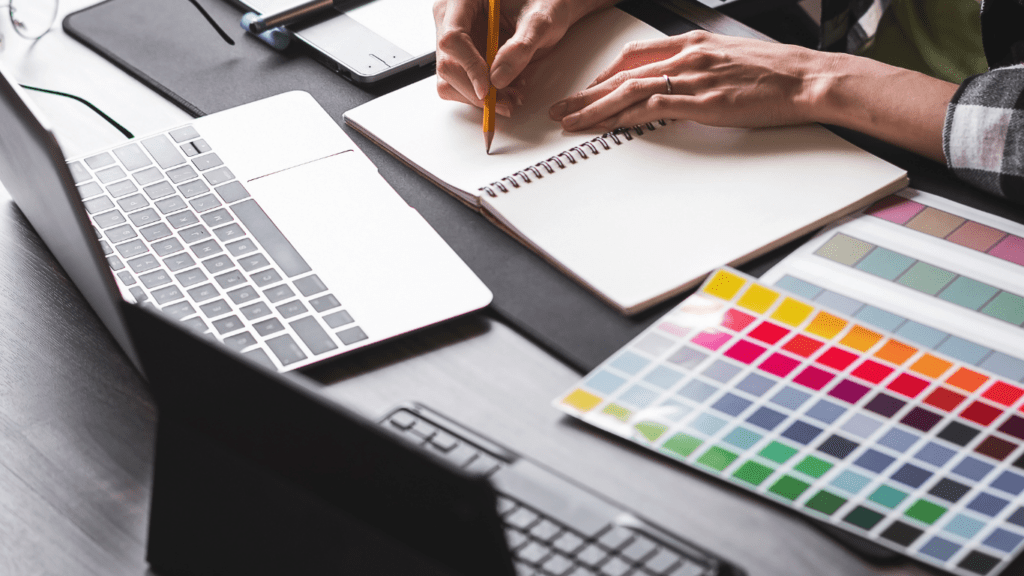Looking to take your designs to the next level? Incorporating motion graphics can be the key to creating visually stunning and engaging content. As a designer, I’ve discovered the power of motion graphics in elevating the impact of my projects. By adding dynamic elements that move and interact with the audience, you can capture attention and convey information in a more compelling way.
In this article, I’ll share insights on how you can leverage motion graphics to enhance your designs and captivate your audience. From subtle animations to eye-catching transitions, incorporating motion can breathe life into static visuals and create a memorable user experience. Join me as we explore the creative possibilities of integrating motion graphics into your design arsenal.
Importance of Motion Graphics in Design
Integrating motion graphics is crucial in design as it enhances visual appeal and engages the audience effectively. Motion graphics can transform static designs into dynamic and captivating visuals. They add depth and dimension to projects, making them more interactive and visually appealing.
By incorporating motion graphics, designers can bring creativity and storytelling to life. These graphics help in capturing the audience’s attention and conveying information in a more engaging manner. Whether through subtle animations or attention-grabbing transitions, motion graphics play a significant role in creating a memorable user experience.
Designers benefit from utilizing motion graphics as they can create seamless and fluid transitions between elements, enhancing the overall aesthetics of a design. Motion graphics provide a modern touch to projects, making them stand out in a competitive market. The versatility of motion graphics allows for innovative and unique design solutions that leave a lasting impact on viewers.
Integrating motion graphics into design projects not only elevates the visual appeal but also enhances user interaction and engagement. Designers can leverage the power of motion to convey complex ideas effectively and create designs that resonate with their target audience.
Tips for Integrating Motion Graphics
When it comes to incorporating motion graphics into your designs, there are a few key strategies to keep in mind that can elevate the visual appeal and engagement of your projects.
Choosing the Right Tools for Motion Graphics
To effectively incorporate motion graphics into your designs, it’s essential to choose the right tools that align with your project requirements and skill level. Whether you opt for software like Adobe After Effects for complex animations or simpler tools like Lottie for web animations, selecting the appropriate tool can streamline your workflow and enhance the impact of your motion graphics.
Incorporating Motion Graphics in Web Design
Integrating motion graphics into web design can significantly enhance user experience and interaction. By using subtle animations for loading screens, hover effects, or interactive elements, you can captivate your audience and provide a more dynamic browsing experience. When incorporating motion graphics in web design, it’s important to ensure they complement your overall design aesthetic and serve a functional purpose, enhancing the user journey rather than overwhelming it.
Examples of Successful Design Enhancements
Incorporating motion graphics into design projects can lead to visually stunning outcomes that captivate audiences and elevate the overall user experience. Let’s explore some instances where the strategic use of motion graphics has successfully enhanced designs:
- Website Loading Screens:
Implementing engaging motion graphics on website loading screens not only reduces perceived loading times but also keeps users entertained and intrigued while they wait for the content to load. By incorporating animated logos, progress bars, or interactive elements, designers can create a seamless transition into the site’s interface. - Hover Effects:
Utilizing motion graphics for hover effects adds a layer of interactivity to design elements, creating a dynamic user experience. Whether it’s a subtle image zoom, color change, or movement effect, these animations enhance user engagement and encourage exploration on websites or applications. - Animated Call-to-Action Buttons:
By infusing motion graphics into call-to-action buttons, designers can draw attention to essential user actions. Animated buttons that react to user interactions or subtly animate to grab attention can significantly increase click-through rates and guide users towards desired actions. - Storytelling through Transitions:
Motion graphics can be effectively used to narrate a story or guide users through a digital journey by incorporating seamless transitions between different sections or pages. Transition animations not only add a polished look to designs but also improve navigation flow and keep users engaged throughout their interaction with the interface. - Product Showcases:
Incorporating motion graphics in product showcases or demos can bring products to life and showcase their features in an engaging and informative manner. Whether it’s demonstrating product functionalities, highlighting key benefits, or showcasing use cases, animated visuals can enhance product presentations and leave a lasting impression on potential customers.
By strategically integrating these examples of successful design enhancements, designers can leverage the power of motion graphics to create compelling and immersive user experiences that set their projects apart in today’s competitive digital landscape.
Benefits of Utilizing Motion Graphics
Enhancing designs with motion graphics offers a range of advantages that can elevate the visual appeal and engagement levels of projects. Incorporating motion graphics transforms static visuals into dynamic and captivating elements that bring projects to life. These enhancements not only captivate viewers but also communicate information effectively through engaging animations and seamless transitions. By leveraging motion graphics, projects gain a competitive edge in the market by standing out with modern and visually compelling design elements.
- Increased Engagement:
Utilizing motion graphics in designs increases user engagement by creating visually appealing and interactive elements that draw viewers’ attention and encourage them to explore further. - Enhanced Storytelling:
Motion graphics enable designers to tell compelling stories through animations and transitions, effectively conveying messages and information in a more engaging and memorable way. - Improved User Experience:
By incorporating motion graphics, projects can enhance the overall user experience by providing visually stimulating and interactive elements that make navigation more intuitive and enjoyable. - Modern Aesthetic:
The use of motion graphics gives designs a modern and innovative edge, setting them apart from static visuals and creating a dynamic and engaging user experience. - Brand Differentiation:
Motion graphics help in distinguishing a brand or project from competitors by adding unique and visually striking elements that leave a lasting impression on viewers.
Incorporating motion graphics into design projects not only enhances the visual appeal but also fosters greater engagement, storytelling opportunities, user experience improvements, and brand differentiation. These benefits make motion graphics a valuable addition to any design toolkit, ensuring projects are impactful and successful in capturing audience attention in today’s competitive digital landscape.
